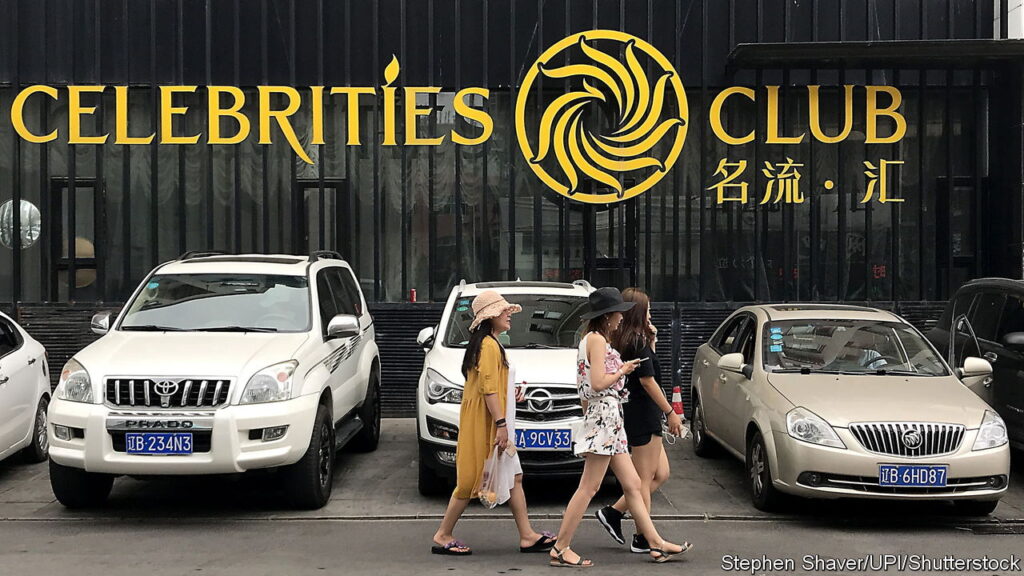Wto work out who deserves what is surprisingly difficult. Both the very rich, who sometimes try to hide their wealth from the tax authorities, and the very poor, who are sometimes suspicious of clipboard-wielding officials, are particularly difficult to track down. Nevertheless, before the Covid-19 pandemic, household surveys consistently showed a decline in the number of people living in poverty. The World Bank counted 659 million people living on less than $2.15 a day in 2019, up from about 2 billion in 1990.
Yet this progress came at a price: it created a global “precariat,” whose members had barely emerged from poverty and were dangerously exposed to shocks, while the top 1% grew rich faster. At least that is the received wisdom. The World Inequality Database, a project associated with Thomas Piketty and Gabriel Zucman, two economists, combines tax data with other sources of information to estimate the incomes of the super-rich. They have found that while inequality between countries has decreased as the rest has caught up with the West, it may have increased within countries. The Chinese and Indian elites have done the best compared to their countrymen. The American and European plutocrats, busy storing wealth in tax havens, have also done well.
A new paper by Maxim Pinkovskiy, Xavier Sala-i-Martin, Kasey Chatterji-Len, and William Nober, economists at Columbia University and the New York Division of the Federal Reserve, challenges this view. The researchers look at how likely it is that people in different parts of the income distribution underestimate their income. They find that as the poor get richer, the more likely they are to do so. Once adjustments have been made for this, poverty has fallen faster than previously thought and inequality within countries has not increased. It may even have dropped slightly.
To reach this conclusion, the authors look at the difference between estimates of income from regional household surveys and gross domestic product in the same area. When surveys show that a region has less overall income than official figures, this indicates that more income is going unreported. The researchers discover that the richer an area is, the greater the gap. That makes sense, Mr Sala-i-Martin notes. As a subsistence farmer becomes a small business owner or market trader, he develops more complex income streams and has greater incentives to deceive the tax authorities.
If this finding holds up, it will change the history of globalization. Instead of a precariat, the researchers conclude that a ‘true global middle class’ has emerged. Members will not be pushed back into poverty by a financial crisis or a pandemic.
However, the research will not be the last word. Economists have been discussing trends in global inequality – and the quality of the data underlying them – for decades. When it comes to the richest people in the world, the new research says more about the top 10% than it does about the top 1%, who are widely considered to have done so much better than the rest. Like most articles, this article is based on assumptions that may be challenged by other researchers. Working out global income distribution is one thing; Convincing others that you have the right answer is quite another. ■
For more expert analysis on the biggest stories in economics, finance and markets, sign up for Money Talks, our weekly subscriber-only newsletter.


